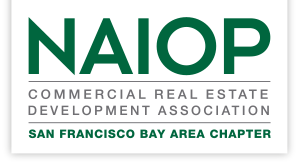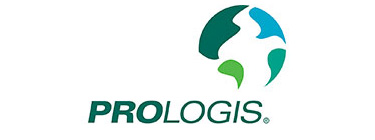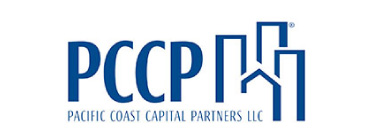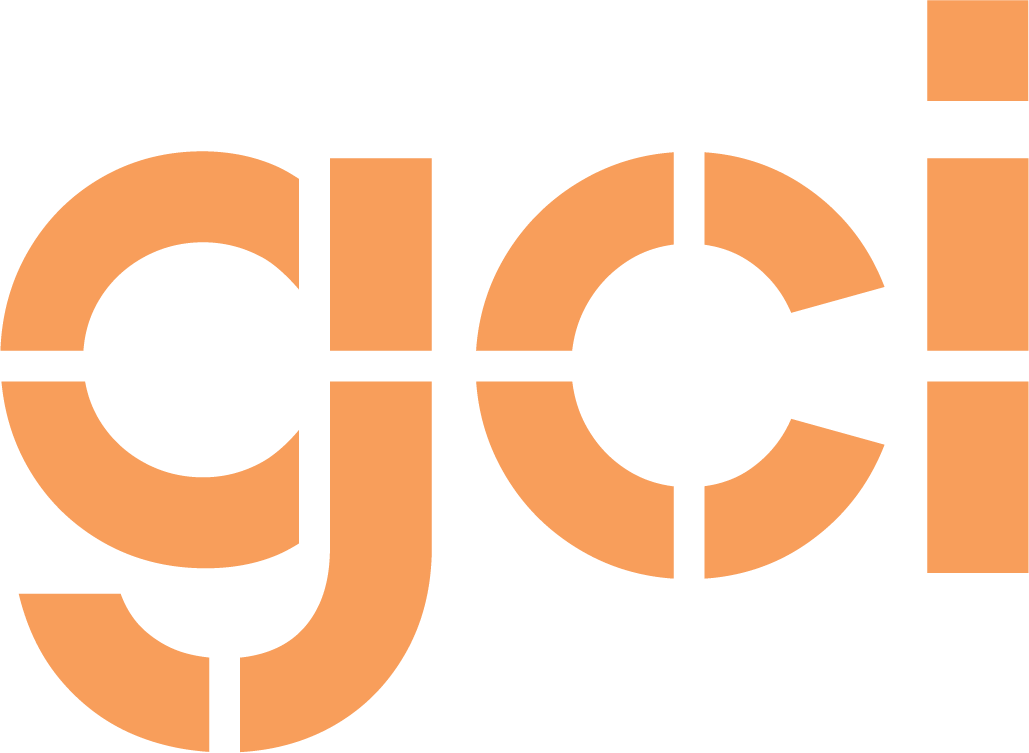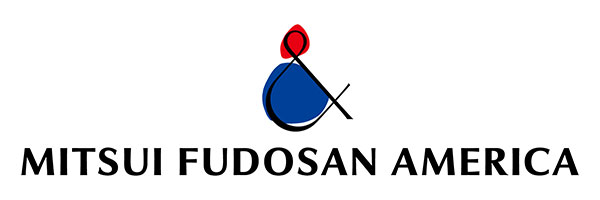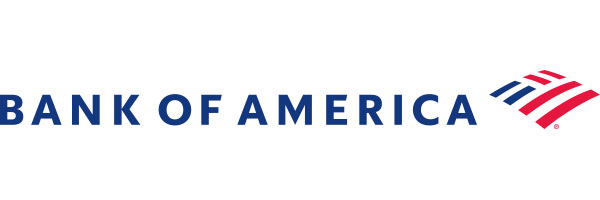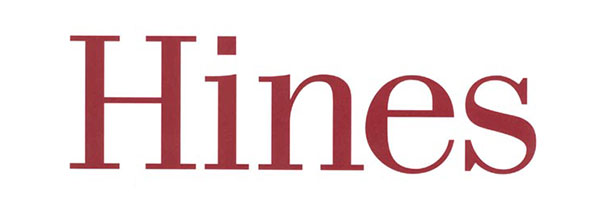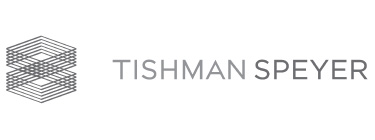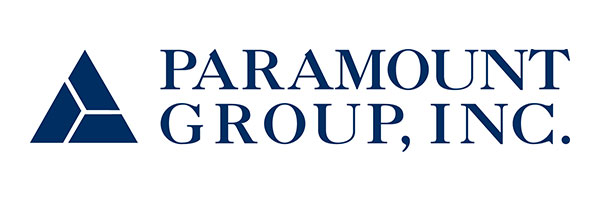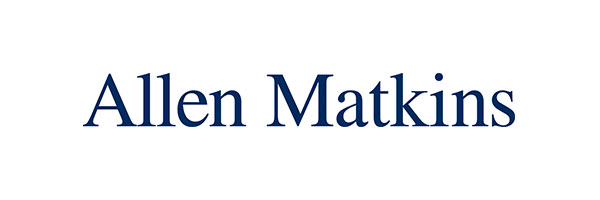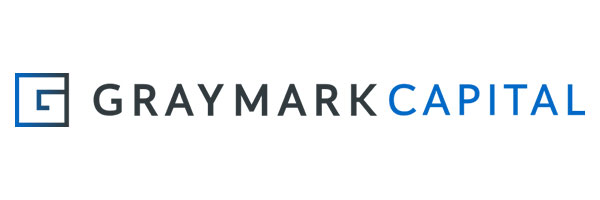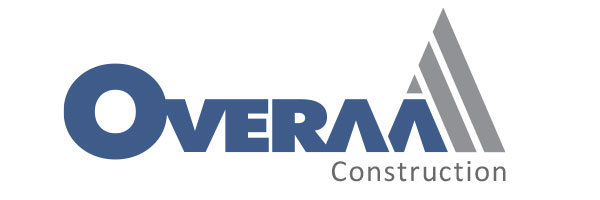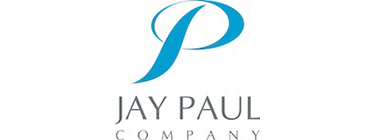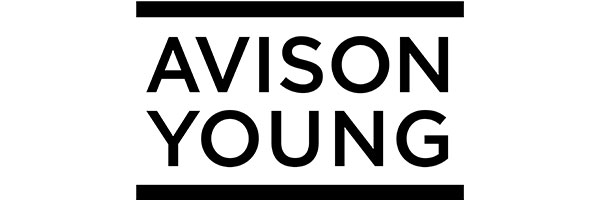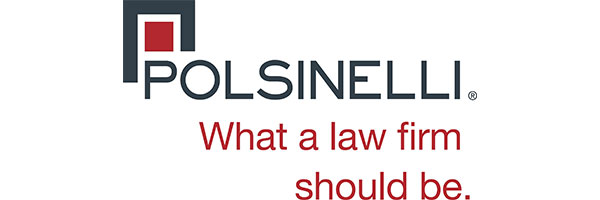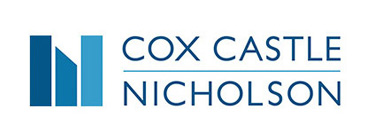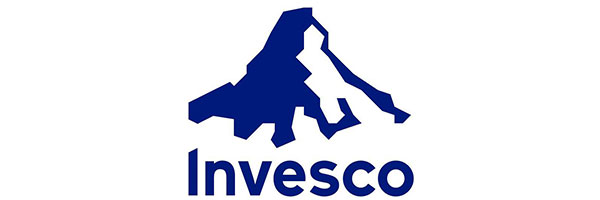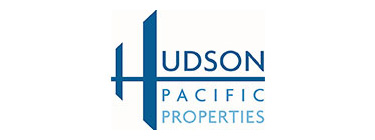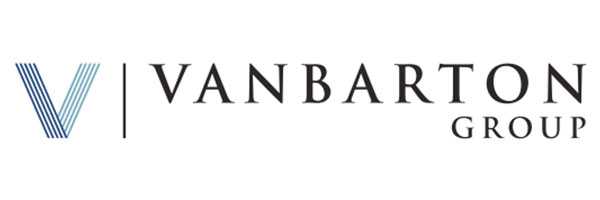Cal Takes Home the Golden Shovel at the 36th Annual Real Estate Challenge

NAIOP San Francisco Bay Area Chapter (NAIOP SFBA), the premiere commercial real estate development association, is proud to announce that the Cal team, the Campanile Collective, has won the organization’s 36th Annual Real Estate Challenge.
The Real Estate Challenge, NAIOP SFBA’s version of the Big Game, is a real estate development competition between legendary rivals Stanford University and the University of California, Berkeley (Cal). The unique program is designed to give graduate students hands-on experience in real estate development. Teams are charged with devising and successfully pitching a solution to a complex real-world real estate scenario. Participants embark on an intensive ten-week journey in which they engage with many project sponsor representatives and city officials as well as real estate industry professionals for guidance and mentoring along the way.
Coaching the Cal team to victory was Bill Falik, Managing Partner, Westpark Communities and Abigail Franklin, UC Berkeley, Haas School of Business.
Team members included Ashley Gaur, Kendenn Rose, Dan Whelan, Joe Wilson, and Sirui Zhou.
In addition to bragging rights, the team took home the coveted James W. Brecht Memorial Golden Shovel and a $2,000 check for charity compliments of Cumming Group, GreenRock Capital, and Citizens Bank. NAIOP SFBA’s Annual Cal-Stanford Real Estate Challenge Luncheon was held on April 21st at the InterContinental Hotel in San Francisco.
The subject of this year’s Challenge was to develop the Hunters Point Shipyard and Candlestick Park sites as part of a potential bid to host the 2035 International Exposition, also known as the World's Fair, in San Francisco. Site sponsors include the San Francisco Chamber of Commerce and the Office of Community Investment and Infrastructure. The Challenge’s primary objectives included: a permanent site infrastructure proposal and associated funding plan, a concept layout of temporary Expo pavilions, a vision and location for one permanent anchor pavilion, and a post-Expo site plan that fulfills long term objectives for the site. Secondary objectives included: open space programming and climate resiliency, exploration of the site’s connectivity to the “String of Pearls” of open space and landmark sites along San Francisco’s waterfront, and interplay with existing historic and art features currently on site.
The Cal Team’s vision for the Expo integrates cultural programming with innovation and cutting-edge technology, aspects that are the highlight of the Bay Area community. Post-Expo, the site transitions to a mixed-use district with parks, residential homes, office, and life science buildings. The team impressed the jury with a proposal that produced an economic impact of $12-15B, 150-200k temporary jobs, 15k permanent jobs, and 25mm total visitors, as well as 11k residential units, 4mm sq. ft. of office, 400 hotel rooms, and 330 acres of park space.
Their proposal includes a robust transportation plan, including a gondola, eVTOL flying taxi pads, adaptive reuse of the beloved Maritime Transit Terminal, and a new cruise ship docking station. This newfound hub serves as the centerpiece of the Expo site, while connecting the Southeastern waterfront with the rest of The City. The proposal also includes a beautiful waterfront park, joining many other San Francisco Landmarks, such as Golden Gate Park, the Presidio, and Fort Mason, rounding out the “String of Parks” or “String of Pearls.” Utilizing the existing historic Gantry Crane is the heart of the Expo, Gantry Crane Park, a permanent High Rise Park, which would be the World’s Largest.
Other plan features include floating pavilions (both temporary and permanent) that spotlight the urgent realities of climate change and the need for global collaboration, an arts enclave, and plenty of outdoor space for family activities and entertainment.
With a total cost of $2 billion, the Cal team’s proposal relies heavily on community involvement and funding, including:
- State Grants (6%) from Transformative Climate Communities, REAP 2.0, and Affordable Housing & Sustainable Communities
- Federal Grants (19%) from BUILD, PROTECT, CDBG, and Reconnecting Communities, & BIL
- Corporate Participation (37%) from Land Sales and Sponsorships
- Local Public Financing (38%) from Community Facilities Districts and Tax Increment Financing
This investment would ensure a lasting, sustainable legacy for the city, providing the infrastructure necessary for long-term growth and connection.
The Stanford Team, Palm Drive Properties, comprised of: Claire Benninger, Farrukh Hamza, Lincoln Liesemeyer, Charlie Michael and Ramya Sivaprasad was coached by team advisors, Todd Regonini, President and Chief Development Officer, Sares Regis Group, and Lydia Tan, Tan Consulting. Their proposal includes a robust, multi-modal transportation system utilizing autonomous vehicles, air taxi, transit, ferry, and micromobility through the Hunters Point neighborhood via an electric autonomous bus system themed like San Francisco’s iconic cable cars. The mobility network seamlessly converges at the Connectivity Hub Central Pavilion, which also features an AI translation technology, “Voices of Humanity,” that can instantly break down language barriers with real-time translation between Expo visitors speaking any 100+ languages. The plan embodies the mission of the International Expo – a global gathering of nations dedicated to finding solutions to pressing challenges of our time. Stanford’s vision “positions San Francisco to once again serve as a nexus of global connection through a visionary "String of Pearls" concept, 11 iconic sites throughout the city linked by sustainable transportation and digital experiences, with Hunters Point Shipyard as its crowning jewel. This approach allows visitors to experience San Francisco's diverse neighborhoods while concentrating transformative infrastructure investments at Hunters Point Shipyard, creating an unforgettable Expo experience and lasting community connections.”
There is no doubt that this year’s teams brought a clear vision—spotlighting the best of San Francisco, celebrating community and global connection, and embracing innovation to tackle today’s challenges. It’ll be exciting to see what unfolds in 2035. Congratulations to both of this year’s Real Estate Challenge Teams!
This year’s esteemed jury was chaired by Kelly Kline, Associate VP Local Government Affairs, Stanford University. Other Jury Members included Rich Ambidge, President Ambidge Group, LLC, Enrique Landa, Managing Partner, Associate Capital, Ashley Weinstein-Carnes, Partner, Coblentz Patch Duffy & Bass LLP, and Ross Stackhouse, Principal, Tidewater Capital.
Challenge Committee Members include:
Dennis Williams, Managing Director, Northmarq Capital
Anna Cole, TA Realty
Alysia Vigil, Shorenstein
Evelyn Weis, Calzada Capital Partner
Download the Challenge Program
Team Presentations
Cal Team
